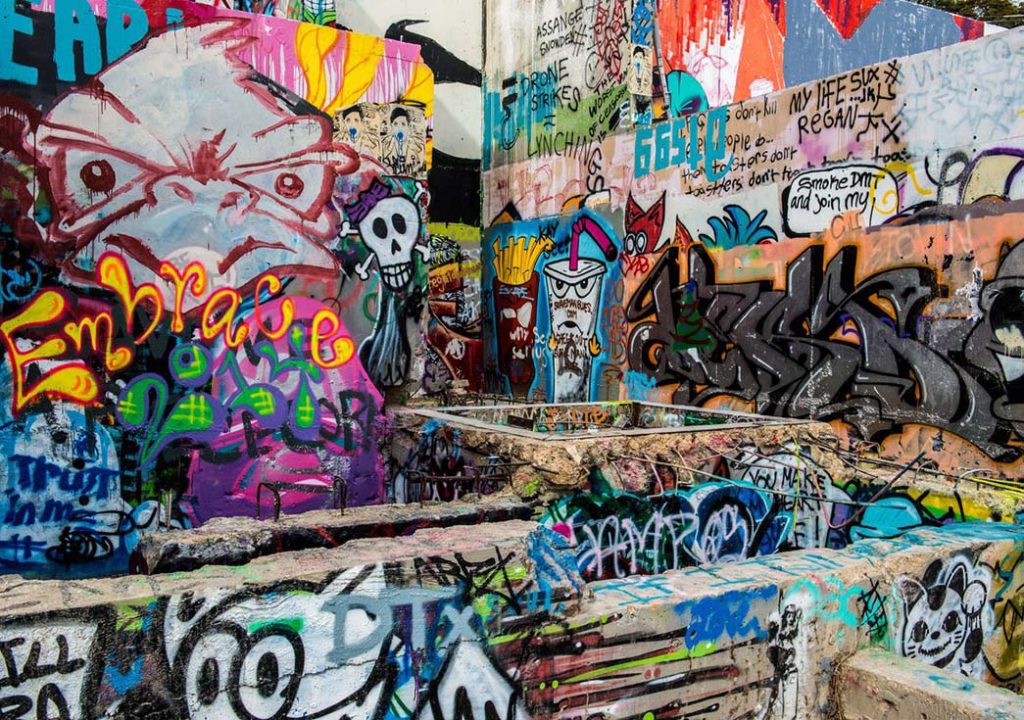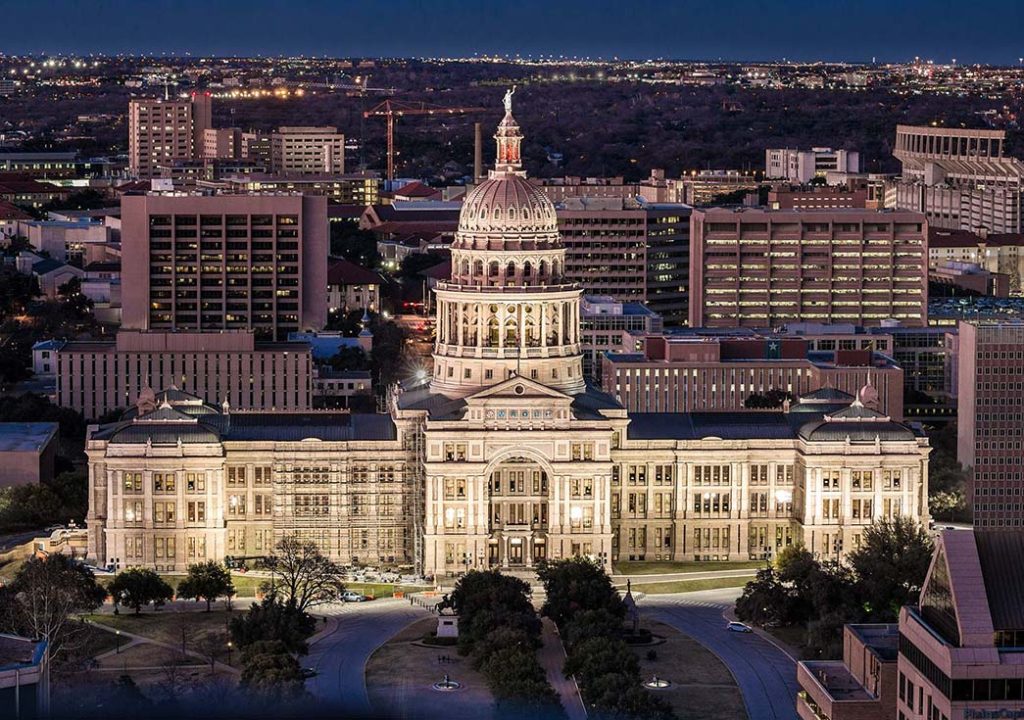Exploring Austin, Texas Through the Lens: A Personal Photographic Journey

For me, a trip isn’t complete without capturing the beauty of the places I visit through the lens of my camera. Austin, Texas, with its unique blend of culture, history, and stunning landscapes, provided the perfect canvas for my photographic adventures.
Photographing Austin: Tips and Techniques
1. Embrace the Golden Hours
The first lesson I learned was to make the most of prime time. The soft, warm light that bathes Austin shortly after sunrise and just before sunset is a gift to photographers. During my visit to the city, I woke up early to capture the Capitol building in the ethereal morning light, and I was rewarded with stunning, golden-hued shots. The Texan landscapes and cityscapes take on a magical quality during these hours, making them ideal for photography.
2. Experiment with Composition
Composition is the backbone of any great photograph. Austin’s diverse scenery, from historic architecture to natural beauty, offers endless opportunities for experimenting with composition. I found the Texas State Capitol, with its grandeur and lush surroundings, to be the perfect subject for practicing framing and leading lines. The sprawling grounds provided an ideal canvas for experimenting with the rule of thirds and creating compelling compositions.
3. Dive into Street Photography
One of the best ways to capture the authenticity of a city is through street photography. In Austin, the streets tell a rich story of the city’s culture and character. South Congress Avenue, with its vibrant murals and quirky shops, offered me a plethora of opportunities for street photography. I encountered street performers, local artisans, and residents going about their daily lives, making it a delightful experience to document.
4. Go Live with Music Photography
Austin proudly wears the title of the “Live Music Capital of the World,” and it’s an honor I wanted to capture through my lens. The city’s music venues, such as the historic venues on Sixth Street and the Moody Theater, where the iconic Austin City Limits show is filmed, were the perfect stages for my music photography adventures. To capture the energy and ambiance of these events, I used fast shutter speeds and wide apertures to freeze motion and let in more light. The result was a collection of lively and evocative images that reflected Austin’s musical heartbeat.
5. Embrace the Great Outdoors
Austin is blessed with natural beauty, from the wildflowers at Lady Bird Johnson Wildflower Center to the diverse birdlife at Hornsby Bend Bird Observatory. When photographing nature, patience is key. I often found myself waiting for that perfect moment when a bird took flight or the sunlight played with the wildflowers. Zoom lenses and tripods became my best friends, helping me capture the intricacies of Austin’s natural wonders.
Austin’s Photographic Hotspots
1. Mount Bonnell: The Panoramic Paradise
If you’re looking for a panoramic view of Austin, Mount Bonnell is the place to be. I made it a point to arrive early for sunrise and was greeted with breathtaking vistas of the city and the Colorado River. The 102 steps to the summit were well worth the climb as I captured the city’s skyline bathed in warm, golden light.
2. Barton Springs Pool
Barton Springs Pool in Zilker Park provides fantastic opportunities for capturing both serene landscapes and lively scenes of locals cooling off in the water.
3. Graffiti Park: The Canvas of Creativity

The Hope Outdoor Gallery, known as Graffiti Park, is a dynamic outdoor art installation where artists from around the world leave their mark. The vibrant and eclectic graffiti made it a dynamic location for urban and street photography. I had a blast capturing the vivid colors and boundless creativity on display.
4. Texas State Capitol: A Grand Architectural Marvel
The Texas State Capitol is not only a political hub but also an architectural marvel. Its lush grounds offer opportunities for both architectural shots and wider angles that showcase the grandeur of the building. I enjoyed experimenting with framing the Capitol through the trees for a more unique perspective.
5. Congress Avenue Bridge: Bats in Flight
The Congress Avenue Bridge is famous for its bat colony, attracting hundreds of thousands of bats during the summer months. Capturing the bats emerging at dusk resulted in dramatic and visually stunning images. Using a tripod and a slow shutter speed, I created mesmerizing bat trails against the backdrop of the evening sky.
6. The University of Texas at Austin: Architectural Elegance
The University of Texas at Austin’s campus is a goldmine for architectural and urban photographers. The iconic UT Tower, the grandiose Main Building, and the modern architecture of the McCombs School of Business provide striking subjects for your camera.
To capture the essence of this academic hub, visit the UT Tower during the evening when it’s illuminated in soft orange lighting. The Tower stands tall, radiating a sense of knowledge and enlightenment. Alternatively, explore the architectural intricacies of the Harry Ransom Center or the stunning courtyard of the Blanton Museum of Art. These locations are sure to provide you with a range of photographic opportunities, from wide-angle shots of impressive facades to close-ups of intricate details.
Practical Considerations for Photographers in Austin
1. Respect Local Culture
In my personal experience, photographing in Austin is a delightful and smooth process, primarily due to the city’s welcoming attitude towards photographers. However, it’s crucial to always respect local culture and privacy. Some specific areas, especially those around government buildings and museums, may have restrictions on photography. Always adhere to any posted guidelines and signs, as these rules are in place to protect the privacy and security of the locations.
2. Weather Preparations
The weather in Austin can be highly variable, and precautions must be taken to protect your camera equipment from extreme temperatures and precipitation. To prevent potential damage, consider using a weather-sealed camera, or have protective covers on hand to safeguard your gear.
3. Backup Your Work
One lesson I’ve learned throughout my photographic journey is the importance of backing up your work. Losing precious photos can be a photographer’s nightmare. To ensure your memories are safe, have a reliable backup system in place. This can include extra memory cards, a portable hard drive, or cloud storage. Having a backup plan is crucial for preserving your photographic memories and ensuring they are not lost due to unforeseen circumstances.
Navigating Austin’s Transportation for Photographers
1. Ride-Sharing: Uber and Lyft
One of the most convenient ways to get around Austin is by utilizing the well-established ride-sharing network, including services like Uber and Lyft. Whether you’re a local or a visitor, ride-sharing offers a hassle-free solution for reaching your photography destinations. This is especially useful if you’re not renting a car during your stay in Austin.
Austin’s ride-sharing services are known for their reliability and ease of use. With a simple app, you can quickly summon a ride to your location. This flexibility allows you to focus on your photography without worrying about navigating through unfamiliar streets or finding parking, a considerable advantage for any photographer.
2. Public Transportation: Capital Metro

For photographers looking to explore Austin’s diverse neighborhoods and landmarks while reducing their carbon footprint, the Capital Metro system is a great option. This public transportation system offers an efficient bus and rail network, providing access to various parts of the city.
The MetroRail, in particular, is invaluable for reaching destinations in Austin’s city center. Photographers who prefer not to drive can take advantage of the MetroRail’s convenient stops, allowing them to access popular photography locations without the hassle of finding parking. It’s a cost-effective and eco-friendly way to navigate Austin, making it an appealing choice for those who want to reduce their environmental impact.
3. Biking: Two-Wheeled Exploration
Austin’s status as a bike-friendly city opens up an exciting avenue for photographers. With numerous bike lanes and rental stations scattered throughout the city, renting a bike provides a unique and enjoyable way to explore Austin at your own pace.
Cycling allows you to access areas that are difficult to reach by car or public transportation. You can weave through the city’s streets and parks, discovering hidden gems and capturing unique angles not easily attainable from behind a car window. Biking also enables you to be more spontaneous in your photography, as you can easily stop when you spot an interesting subject or scene.
4. Walking: The Photographer’s Stroll
Some of Austin’s best photography spots are within walking distance of each other, making walking an attractive and leisurely way to explore the city. When you’re on foot, you can immerse yourself in the city’s vibrant atmosphere and capture spontaneous moments that may have otherwise gone unnoticed.
Walking is an excellent way to discover Austin’s character and uncover hidden gems. As a photographer, it allows you to explore nooks and crannies that might be overlooked by those in a hurry. Whether you’re wandering through the historic streets of downtown Austin or exploring the colorful neighborhoods, walking provides a more intimate and up-close experience with your surroundings.
Austin, Texas, offers a plethora of photographic opportunities for both beginners and seasoned photographers. With its diverse landscapes, rich culture, and unique cityscape, there’s always something fascinating to capture. By knowing your gear, embracing the golden hours, and being mindful of composition, you can create captivating images that tell the story of your Austin adventure. Respect local culture and weather considerations, and make the most of Austin’s transportation options for a seamless and visually rewarding getaway.
Tags: Austin, Graffiti Park, Texas State Capitol